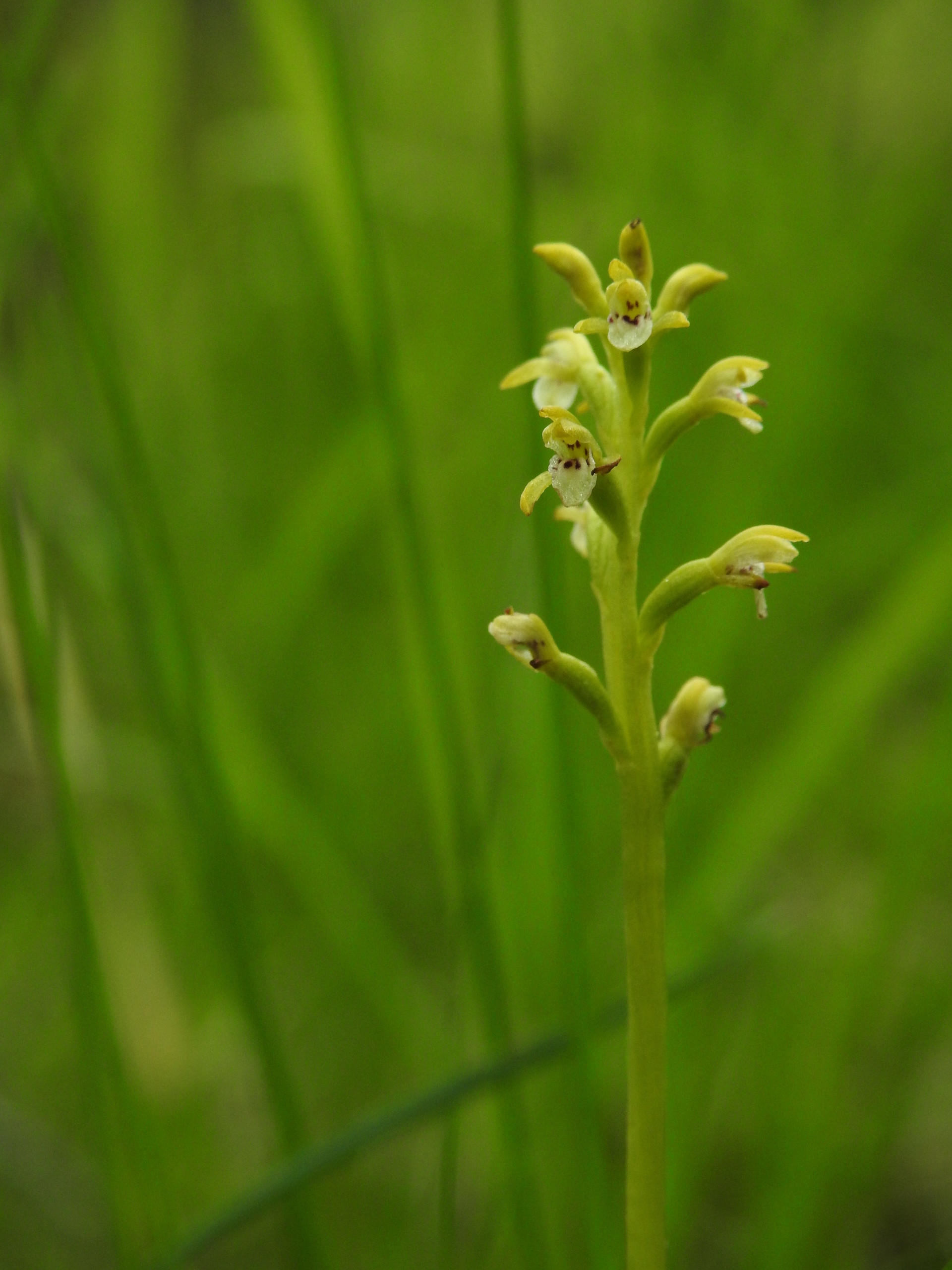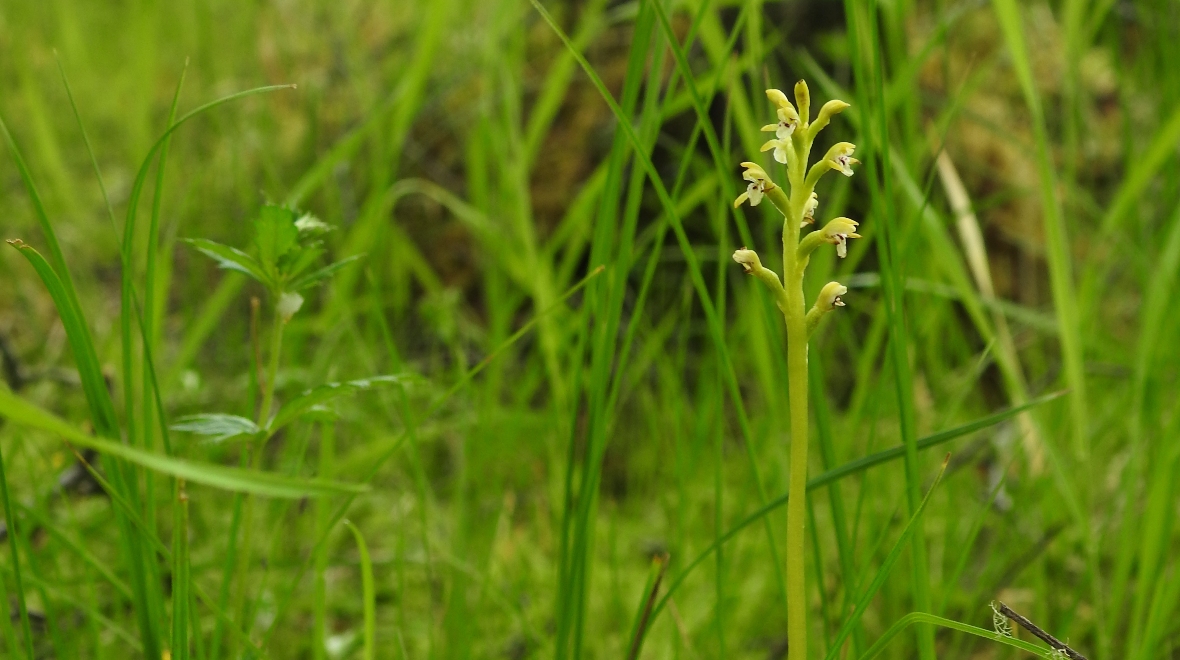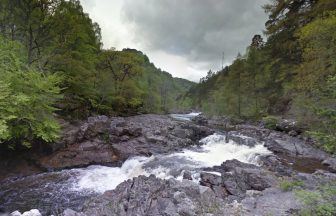A rare and unique species of flower has been discovered growing in the western Highlands for the first time since the 18th century.
The “scarce and enigmatic” coralroot orchid corallorhiza trifida was last found in Wester Ross in 1772 but has made a surprise re-emergence in the region 250 years later.
The plant has only ever been observed in less than one 100 locations in the UK and just 25 in Scotland – all on the North-Eastern side of the country.
Its discovery at the Coille Mhòr site on the National Trust for Scotland’s (NTS) Balmacara estate has been hailed as a “special find” though the exact location is being kept under wraps to prevent the area being damaged.
Ecologist Gus Routledge, who works with Reforesting Scotland, uncovered the plant while hosting a field talk with conservation land managers from the Alliance for Scotland’s Rainforest.

He said: “Just the week before I’d discovered a new population of this special orchid in much more typical boreal birch-willow woodland near Inverness.
“I wasn’t really expecting to see it at Balmacara, but I’ve always got an eye out when walking through those wet woodlands.”
The orchid was last recorded in the area by naturalists John Lightfoot and Thomas Pennant in 1772 – the first time it had ever been found in the British Isles.
It was published in the botanical expedition journal Flora Scotica as being located “in a moist, hanging wood called Cabal, on the south side, near the head of Little Loch Broom”.
The location later became “obscured” and it was not observed again until the 2022 discovery.
The orchid does not rely on photosynthesis for its energy like many other plants, instead absorbing sustenance from a “coral-like fungal mass” at the base of its stem.
These fungi are “plugged into” trees, such as willow and birch, through a network of nodes, allowing it to ingest energy from larger nearby plants.
NTS senior natural heritage advisor, Jeff Waddell, added: “This is a special find and a great addition to the assemblage of rare plants found in Scotland’s rainforests, such as on the NTS Balmacara Estate.
“Gus’s record creates an incredible link through 250 years of botanical time, to one of the first expeditions to Scotland by John Lightfoot in the 1770s. It’s a great example of the nature, beauty and heritage than can be discovered at NTS sites all over the country.”
Follow STV News on WhatsApp
Scan the QR code on your mobile device for all the latest news from around the country
























